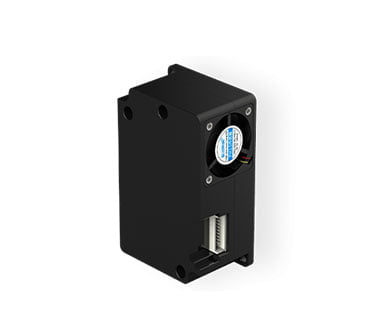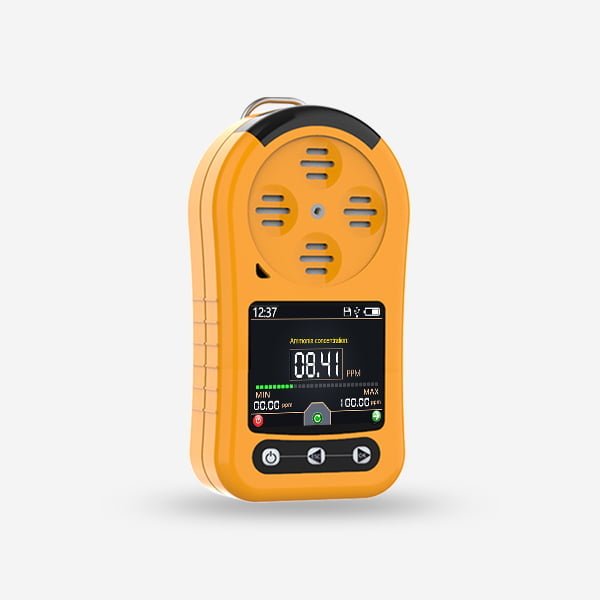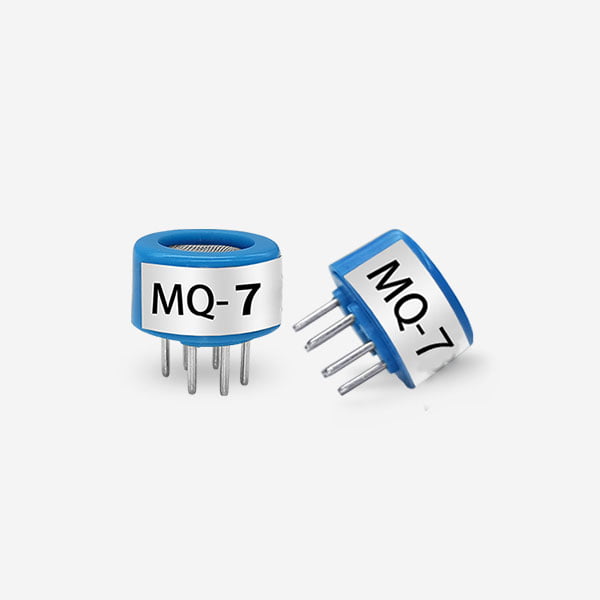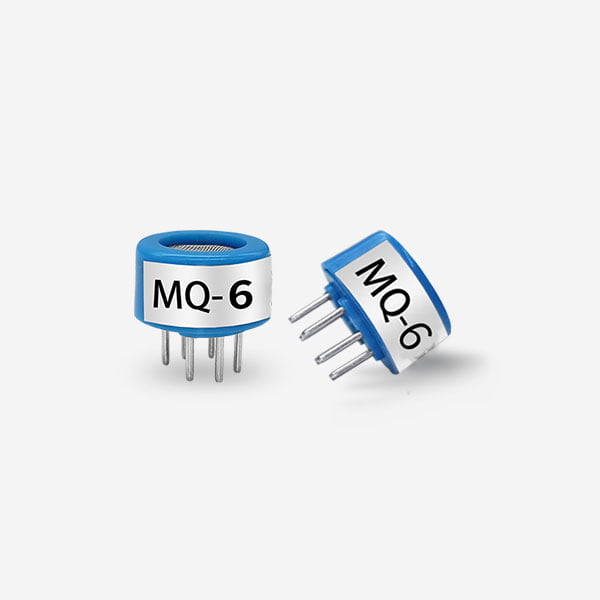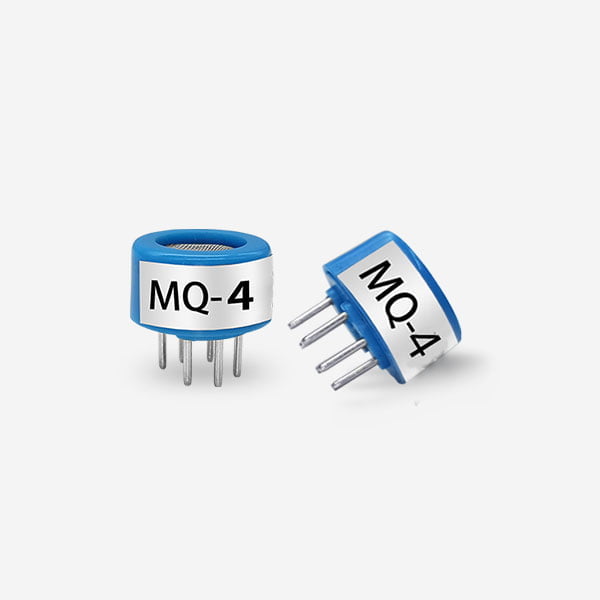Introduction to PID SENSOR
Volatile organic compounds (VOCs) are a diverse group of chemicals that can have adverse effects on indoor air quality and human health. Monitoring and detecting VOCs in indoor environments is crucial for ensuring a safe and healthy living and working environment. Photoionization detection (PID) sensors have become as valuable tools for the quick and accurate detection of VOCs, playing a pivotal role in identifying potential indoor air quality issues and facilitating proactive measures to mitigate exposure. This article explores the significance of PID sensors as VOC quick detectors, their applications, and their impact on enhancing indoor air quality.

Understanding VOCs and Their Impact on Air Quality
Volatile organic compounds are organic chemicals that can easily evaporate into the air at room temperature. They are commonly found in a wide range of indoor sources, including building materials, furniture, cleaning products, and personal care items. VOCs can contribute to indoor air pollution and have been associated with various health effects, including respiratory irritation, headaches, dizziness, and long-term health risks.
Given the prevalence of VOCs in indoor environments, monitoring and detecting these compounds is essential for assessing indoor air quality, identifying potential sources of contamination, and implementing effective mitigation strategies.
Role of PID Sensors as VOC Quick Detectors
PID sensors are widely recognized for their ability to detect a broad spectrum of VOCs quickly and with high sensitivity. These sensors operate based on the principle of photoionization, where VOCs are ionized upon exposure to ultraviolet light, producing a measurable electrical signal that correlates with the concentration of VOCs present in the air.

The key features and benefits of PID sensors as VOC quick detectors include:
- Fast Response Time: PID sensor offer rapid response times, typically within seconds. This quick response allows for immediate detection of VOCs, helping to mitigate potential hazards more effectively.
- Wide Detection Range: PID sensors are capable of detecting a wide range of VOCs, making them a versatile tool for air quality monitoring.
- High Sensitivity: Sensors can detect VOCs at very low concentrations, allowing for early detection of potential indoor air quality issues.
Applications of PID Sensors in Air Quality Monitoring
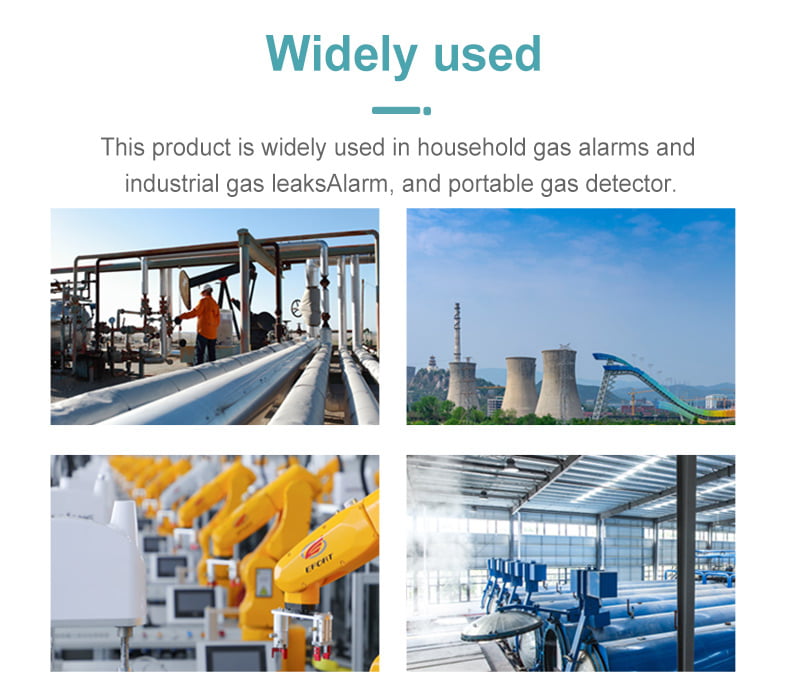
- Occupational Health and Safety:PID sensors protect workers in occupational environments from harmful gases in industry.
- Indoor Environmental Quality Assessment: People like to use PID sensors to assess air quality in commercial buildings, schools and identify potential air pollution.
- Emergency Response and Hazmat Situations: In response scenarios, PID sensors assess the presence of hazardousin the event of a chemical spill.
Future Implications and Advancements in PID Technology
As the demand for enhanced indoor air quality continues to grow, the future of PID sensors as VOC quick detectors holds significant promise. Advances in sensor technology, including miniaturization, wireless connectivity, and data integration capabilities, further enhance the versatility of PID sensors.
In addition, the automated VOC detection of PID sensors with IoT platforms and real-time monitoring networks facilitates air quality management.
Conclusion
In summary, PID sensors can quickly and accurately detect volatile organic compounds in indoor environments, playing a vital role in improving air quality. These sensors provide valuable insights into indoor air quality, supporting proactive measures.
As we continue to prioritize indoor air quality management and the protection of health, the ongoing development and integration of PID sensors with monitoring. By leveraging the capabilities of PID sensors as VOC quick detectors, we can enhance air quality, mitigate potential health risks.
